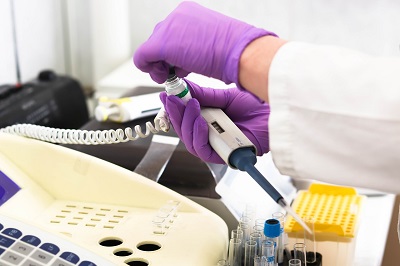To apply for D-class medical device registration in Indonesia with the Ministry of Health (MOH), the process typically involves several key steps. Here's a general guide:
1. Understand the Regulatory Requirements
- D-class medical devices in Indonesia are considered low-risk devices.
- The Indonesian MOH, specifically the National Agency of Drug and Food Control (BPOM) and Ministry of Health, oversees the registration of medical devices.
2. Prepare Required Documentation
The registration process typically requires the following documents:
- Certificate of Free Sale (CFS): Proof that the device is legally sold in the country of origin.
- Product Description: A detailed description of the medical device, including its intended use, technical specifications, and instructions for use.
- Quality System Documentation: This includes a declaration that the manufacturer follows quality management standards like ISO 13485.
- Device Labels and Packaging Information: All labels must comply with Indonesian language and regulatory standards.
- Risk Classification: The device should be classified according to Indonesia’s medical device risk categories, with D-class being low risk.
- Local Importer or Distributor: You need a local distributor or authorized representative in Indonesia to handle the registration.
3. Appoint a Local Authorized Representative
A local distributor or authorized representative is required in Indonesia to facilitate the registration and importation process. The representative will handle communication with the Ministry of Health and BPOM.
4. Submit Application
- Applications for D-class devices are submitted via the e-Registration system, which is managed by BPOM.
- The local representative must log in to the e-registration system to submit the required documents and complete the registration form.
5. Review and Evaluation
BPOM will review the submitted documents to ensure that they meet all regulatory requirements. This may involve checking the product’s compliance with Indonesian standards.
6. Issuance of Registration
If everything is in order, BPOM will issue a registration certificate for the medical device, allowing it to be marketed in Indonesia.
7. Post-Market Surveillance and Compliance
After registration, you are required to comply with Indonesian post-market surveillance regulations, which may include monitoring the performance of the device and reporting any adverse events.
Key Considerations:
- Ensure that all documents are in the Indonesian language or are translated by a certified translator.
- The process may take several months, depending on the complexity of the device and the completeness of the application.
- You should regularly check with BPOM for any updates or changes in the registration process.

Whatsapp or Wechat:+86 15816864648;email address:hito.lin@grzan.cn
.png)
.jpg)
.png)

.png)